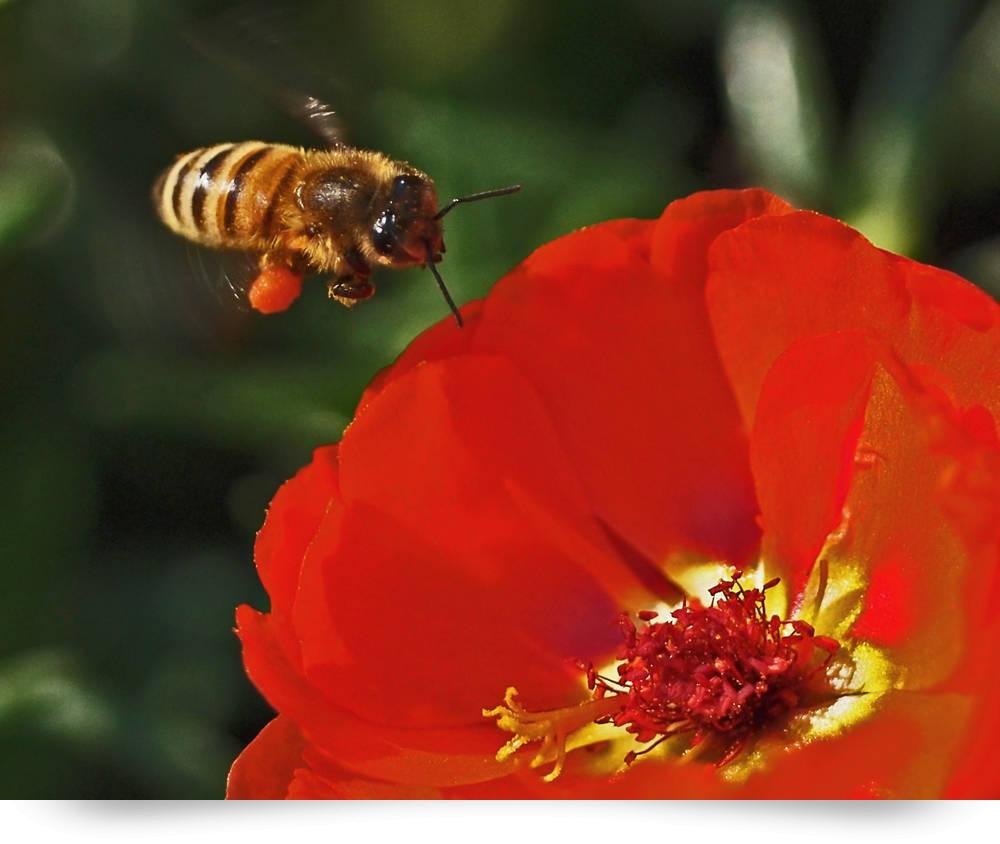 Grazing cornstalks is a valuable tool for cattlemen looking to hold costs in place. The cost of grazing cornstalks is low. First, because the cows graze and harvest their own feed, and second, because all costs of producing the plant for grain production are attributed to the row-crop operation.
Grazing cornstalks is a valuable tool for cattlemen looking to hold costs in place. The cost of grazing cornstalks is low. First, because the cows graze and harvest their own feed, and second, because all costs of producing the plant for grain production are attributed to the row-crop operation.Even with the cost of a temporary fencec and water, the use of grazing cornstalks is more economical than feeding higher-priced hay.
There will be lower palatability when cornstalks are wet and damp, but cattle will eat the more digestible and higher-protein portions first. Therefore, a good mineral is probably the only supplementation needed for the first few weeks unless the herd includes fall-calving cows or stocker calves. For them, a supplement will be necessary to meet nutrient demands of lactation and growth, respectively.
Normally, one acre of cornstalks will feed a cow for 30 days. If conditions are wet and rainy, at least two to three acres will be needed due to faster degradation and more trampling of the residue. Strip grazing will limit trampling if the supply of available cornstalks is low.
Source: Travis Meteer, University of Illinois Extension beef educator
Artwork: A Field of Mature Cornstalks
Animal Husbandry and Livestock Books
Farm Supply
Farm Magazines


